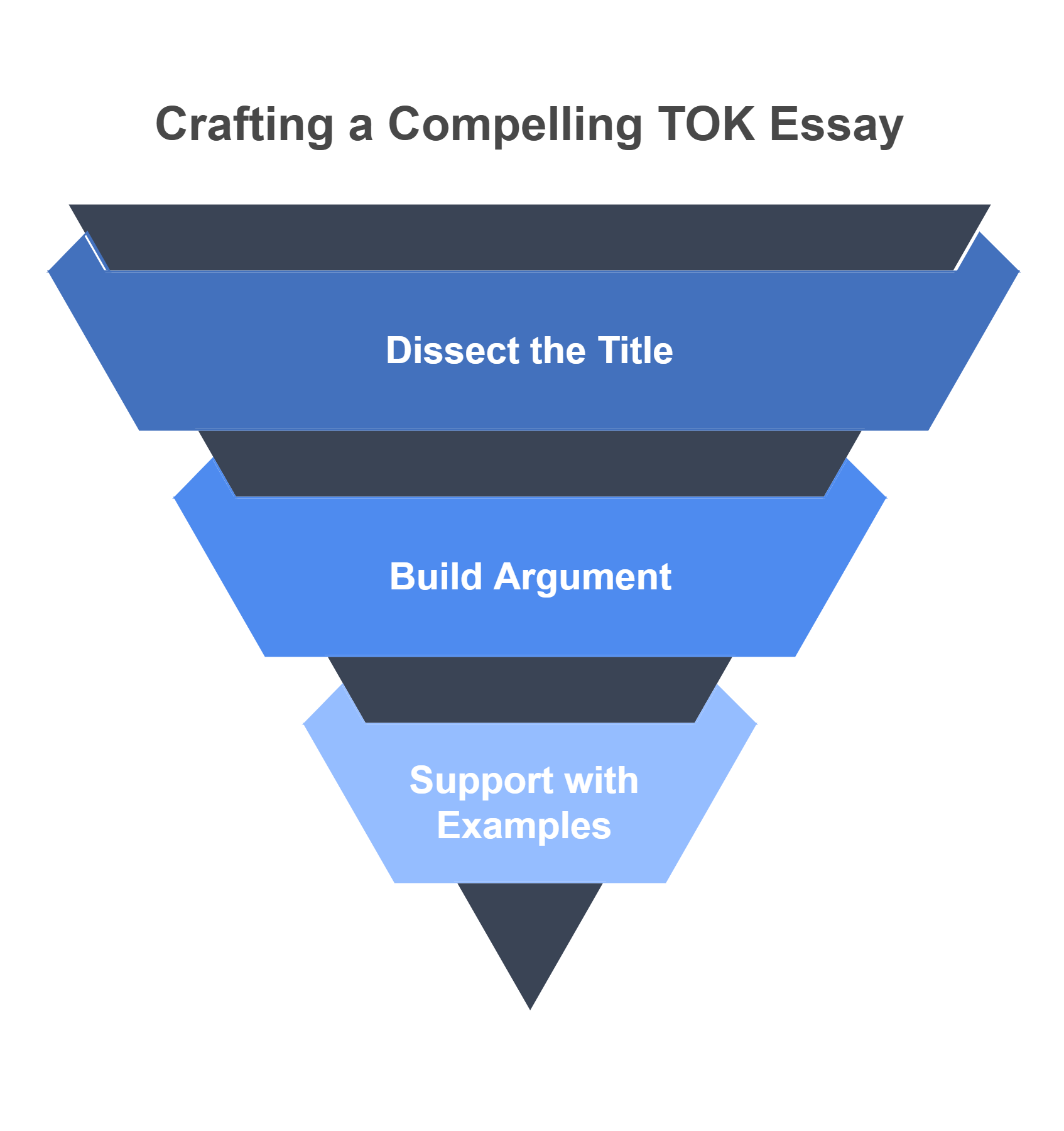Tackling the International Baccalaureate’s Theory of Knowledge (TOK) can feel like stepping into a maze of complex ideas and abstract thinking. The essay and exhibition—often the first major challenges—can easily leave students feeling lost and overwhelmed. But don’t worry, curious thinkers! This guide is here to provide the tools and direction you need to confidently navigate the journey and succeed in TOK.
Conquering the TOK Essay: A Structured Approach
The TOK essay isn’t about regurgitating philosophical jargon. It’s about demonstrating critical thinking and engaging with complex ideas in a personal and insightful way. Think of it as an intellectual adventure, not a tedious chore.
- Dissecting the Prescribed Title: Begin by truly understanding the chosen title. Break it down. Identify key terms and consider different interpretations. What underlying assumptions are present? For example, the title "Are some ways of knowing more likely than others to lead to truth?" begs you to define "truth" and consider the strengths and weaknesses of various "ways of knowing," like reason, perception, and emotion.
- Building Your Argument: A compelling TOK essay requires a clear and nuanced argument. Avoid simply agreeing or disagreeing with the title. Instead, develop a specific stance and explore its complexities. Offer counterarguments and consider different perspectives. This demonstrates depth of understanding.
- Supporting with Real-World Examples: Ground your arguments in tangible examples. Draw from history, literature, current events, or personal experiences. A well-placed example can illuminate abstract ideas and make your essay resonate. For instance, when discussing ethics, you might cite a historical event like the Milgram experiment to explore the complexities of obedience to authority.

Tackling the TOK Exhibition: Connecting the Abstract to the Real
The TOK exhibition provides a unique opportunity to showcase your understanding of knowledge through the lens of real-world objects. Think of it as curating your own mini-museum of knowledge.
- Choosing Your Objects: The three objects you select are the heart of your exhibition. They should be personally meaningful and effectively connect to your chosen prompt. Don't just grab the first three things you see – think carefully about how each object embodies a specific aspect of knowledge.
- Crafting the Commentary: The commentary is where the magic happens. Explain how each object relates to the prompt and explores a specific knowledge question. Be concise, insightful, and avoid simply describing the objects. For example, if your prompt is "What challenges are raised by the dissemination of knowledge?", you could use a historical propaganda poster as an object and explore how the deliberate manipulation of information affects knowledge acquisition.
Example: Prompt and Object
Let's say your exhibition prompt is "To what extent do our values shape our knowledge?"
Object: A worn-out family recipe book.
Commentary Snippet: This recipe book, passed down through generations, embodies how shared values shape knowledge within a family. The recipes aren’t just instructions; they're imbued with cultural significance, representing traditions and memories. This illustrates how personal and cultural values influence the selection and preservation of knowledge, demonstrating that knowledge is not always objective but is often deeply intertwined with what we hold dear.
Final Thoughts: Embrace the Journey
The TOK journey isn’t about achieving perfect scores; it’s about developing a critical and inquisitive mind. Embrace the challenges, wrestle with the big questions, and enjoy the process of intellectual exploration. By approaching the essay and exhibition with a structured approach and a dash of personal reflection, you’ll not only conquer TOK but also cultivate valuable skills that will serve you well beyond the IB.
















